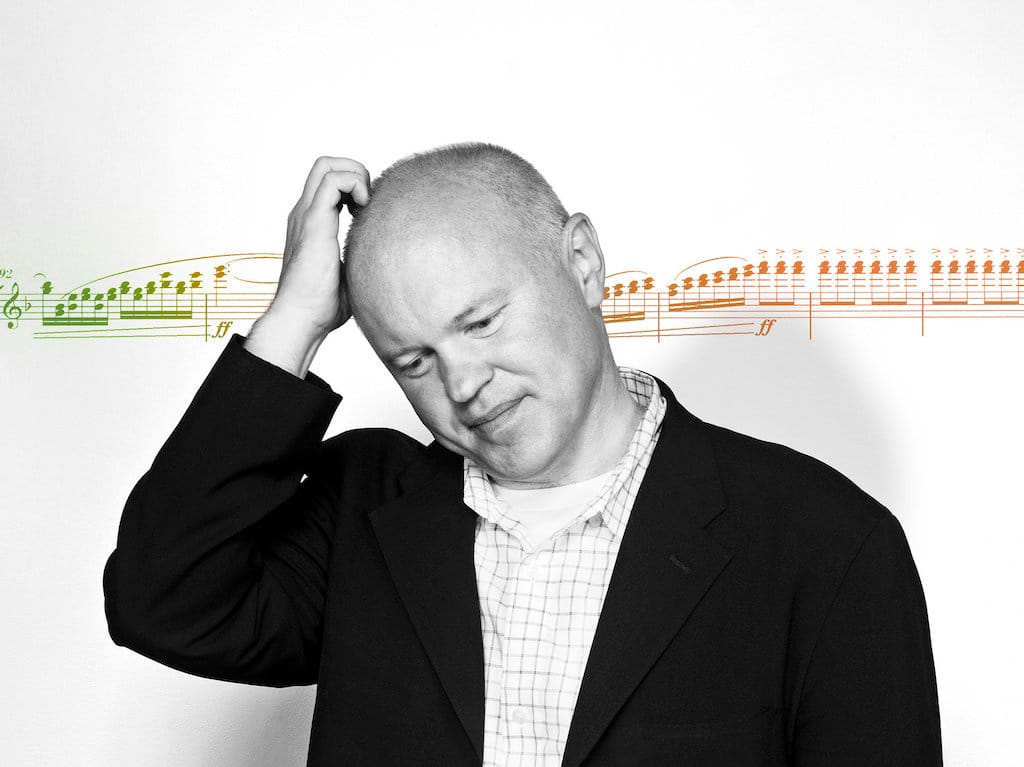Michael Torke’s “Unseen” (No. 7): Embracing an Ecstatic Groove

The first single from Unseen, the newest work by American composer, Michael Torke, was released earlier this month. (The full album will be available on May 10).
The excerpt, No. 7 from a piece which unfolds in nine brief movements, delivers a visceral and ecstatic sense of groove. Scored for a larger ensemble, Unseen continues in the direction of Torke’s recent chamber albums, Being (2020), Psalms and Canticles (2021), and Time (2022). The composer writes,
Unifying these four projects is the use of syncopated rhythms caused by the intersection of 3’s against 2’s, which through their interlocking, creates a unified rhythmic effect, or groove. Melodies and harmonies flow from the rhythms used.
In the 1980s, Michael Torke composed a set of brilliant orchestral “color” pieces, each of which is set in a single key without modulation. In Torke’s words, it is something akin to not wanting to leave a really good party. Although modulation has returned to Torke’s recent works, each of the brief movements draws us into an equally enticing musical party. Jubilant remembrances of minimalism blend with the satisfying immediacy of late 20th century popular music. The final minutes of Unseen No. 7 teem with the kind of innocent, optimistic energy we hear in Torke’s 2002 tone poem, An American Abroad.
Here is an excerpt from the composer’s program note:
What sets UNSEEN apart from the other three is the size of the group: a full orchestra. I brought together musicians I’ve worked with in New York with the strings of the East Coast Chamber Orchestra. The scope is larger and the color possibilities more varied when writing for orchestra, compared to chamber groups. Colossal timbres can be achieved with a full brass section, woodwinds in pairs can provide scintillating pinpoints of light, and a full string section gives a sheen of richness (through the accumulation of minute pitch variation) as well as the particularity of unified bow strokes.
The title, UNSEEN, comes from the Nicene Creed ‘…creator of all things, seen and unseen.’ We are a visual people—we take in the world primarily through our eyes. But what we value the most are things that can’t be seen: feelings, ideas, energy, accomplishment, memories, contentment.
What I seek in these four projects is a way for music to take us outside of ourselves. If through its rhythms and harmonies we give up a literal grip on the now, such experience opens the potential of renewal and even a kind of cleansing joy.





